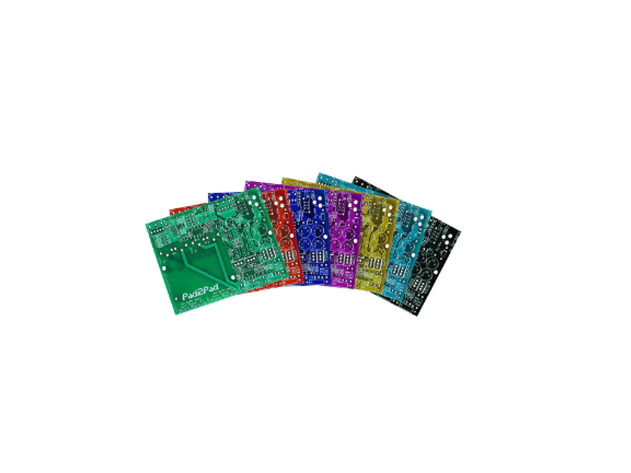PCB (Printed Circuit Board) plays a key role in electronic equipment. It connects and supports various electronic components and builds the circuit of the equipment. In the process of PCB design and manufacturing, component offset is an issue that needs attention. Electronic components spot supplier-OPCHIP ELECTRONICS will introduce the standards for PCB circuit board component offset to help you understand the importance of this issue and how to follow the standards to ensure the quality of PCBs.

1. Definition of offset of electronic components
Electronic component offset refers to the difference between the position of electronic components (such as chips, resistors, capacitors, etc.) on the PCB surface and their designed position. This offset can lead to incorrect circuit connections, soldering issues, and compromised performance and reliability of the final device.
2. Background of standard formulation
The purpose of establishing PCB component offset standards is to standardize the manufacturing and assembly process to ensure that PCB performance and quality can meet design requirements. The development of standardization helps reduce differences among different manufacturers and designers and improves consistency and interoperability throughout the electronics industry.
3.IPC standard
IPC (Association Connecting Electronics Industries, Electronics Industry Association) is one of the most authoritative organizations in the electronics industry. It has issued a series of PCB-related standards. Among them, IPC-A-610 is an acceptance standard for electronic assembly, which includes detailed specifications on component offset.
4.Interpretation of IPC-A-610 standard
The IPC-A-610 standard divides component offset into three categories:
4.1 Category 1: Acceptable offsets
-Definition: Component offset is within an acceptable range and will not adversely affect circuit connections and device performance.
-Applicable scenarios: Suitable for circuits that do not have strict requirements on component location and applications that require relatively low component location accuracy.
4.2 Category 2: Defective but Acceptable Offset
-Definition: Component offset is within a certain range, has some defects but is still acceptable, and does not cause major performance problems.
-Applicable scenarios: Suitable for applications that have certain requirements on component location but relatively loose performance requirements.
4.3 Category 3: Unacceptable offset
- Definition: Component drift outside of acceptable ranges that may result in incorrect circuit connections, soldering problems, or severe impairment of device performance.
-Applicable scenarios: Suitable for applications that have very strict requirements on component location and extremely high performance requirements.
5. How to follow standards
5.1 Understand the design requirements
Before proceeding with PCB manufacturing, designers should carefully understand the design requirements, especially the precise requirements for component location.
5.2 Select the appropriate IPC standard
The IPC-A-610 standard has different categories. Choose the appropriate standard according to specific application needs to ensure that the PCB meets the design requirements.
5.3Manufacturer training and cooperation
PCB manufacturers should receive training on IPC standards to ensure that their processes and manufacturing processes comply with standard requirements. Establish close working relationships with manufacturers and communicate clear requirements.
5.4 Quality control and testing
Implement quality control measures during the production process and use appropriate detection methods to ensure that component deviation is within a controllable range.
PCB circuit board electronic component offset standards are one of the key factors to ensure the quality and performance of electronic equipment. By following the IPC-A-610 standard, designers and manufacturers can establish a unified set of standards to improve PCB consistency and reliability. Understanding and following relevant standards helps ensure the accuracy and reliability of PCBs during the design and manufacturing stages, thereby providing excellent performance for the final electronic product.

